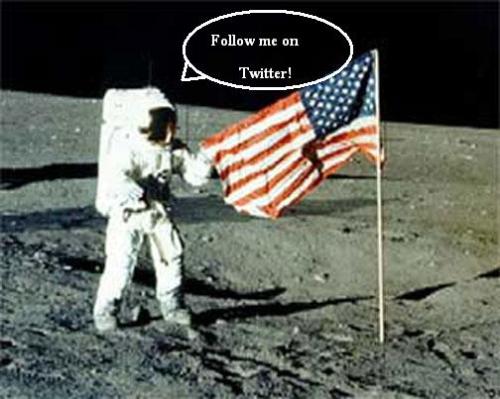Here’s Something I Learned on the Internet:
The Earth has a dust tail, and it could help us find Aliens! And by “us” I mean not me, because my job just isn’t that awesome.
Earth has a dust tail not because the planet itself is particularly dusty, but rather because the whole solar system is. Interplanetary space is littered with dusty fragments of comets and colliding asteroids. When Earth orbits through this dusty environment, a tail forms in the rear, akin to swaths of fallen leaves swirling up behind a streetsweeper.
“As Earth orbits the sun, it creates a sort of shell or depression that dust particles fall into, creating a thickening of dust – the tail – that Earth pulls along via gravity,” explains Werner. “In fact, the tail trails our planet all the way around the sun, forming a large dusty ring.”
Cool beans.












Recent Comments